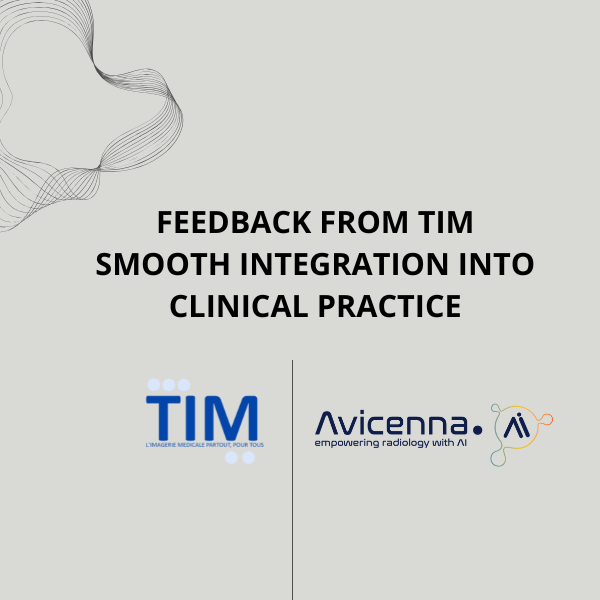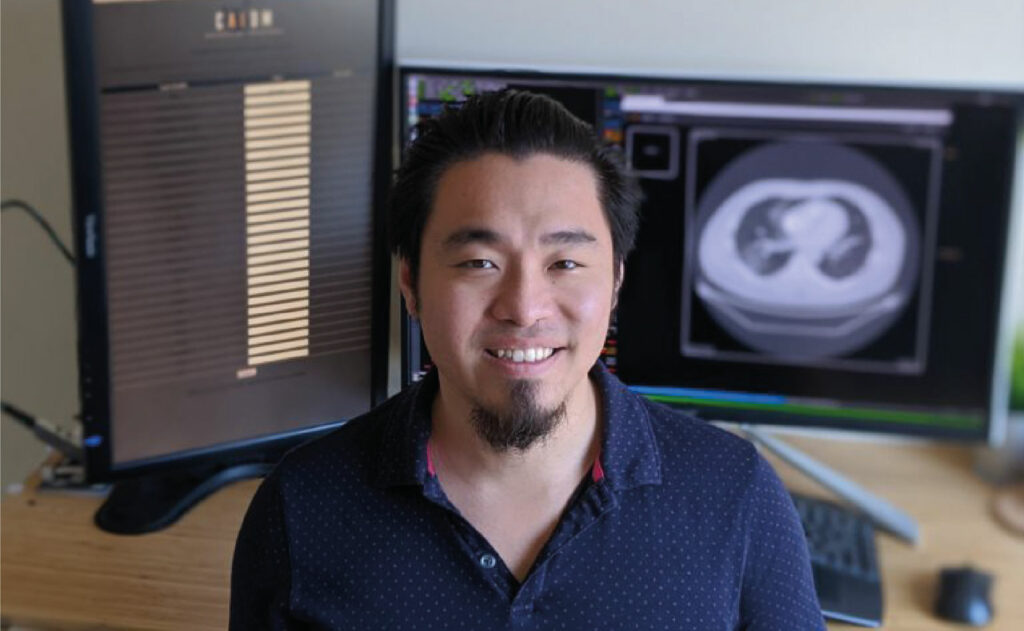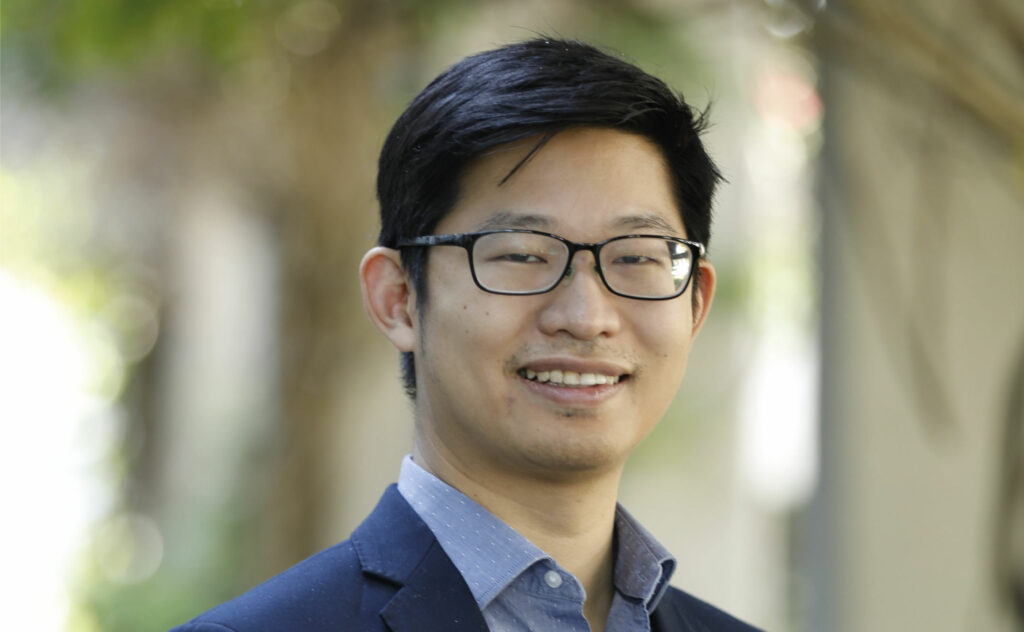Integrating Avicenna.AI into the teleradiology workflow: Feedback from TIM smooth integration into clinical practice

Our teleradiology workflow is based on systematic, near real-time analysis using Avicenna.AI’s tools for analyzing CT scan exams performed in our partner establishments, in both scheduled and emergency workflows. In typically scheduled workflows, the radiologist’s interpretation can occur retrospectively, even after the patient has left the department. AI analysis serves as an initial assessment tool, […]
Surging AI in Healthcare: What Sets Avicenna.AI’s Triage Apart?

We all recognize that artificial intelligence plays an increasingly prominent role in the medical field today. Each day more and more software applications are being developed to support physicians and facilitate their work. So what makes Avicenna stand out from the rest? To begin, a key focus of the Avicenna portfolio today lies in a […]
Daniel Chow’s Interview: A Radiologist’s Journey from UCLA to AI Leadership

Daniel Chow is a UCI Health radiologist who specializes in neuroradiology and diagnostic radiology. After obtaining his Medical degree at David Geffen School of Medicine at UCLA he works in the department of radiology of Columbia University Medical Center. Today he is the co-Director of Center for Artificial Intelligence in Diagnostic Medicine, Radiological Sciences. During […]
Dr. Jennifer Soun: Neuroscience to Radiology – Advancing AI in Clinical Practice

Dr. Soun is a board-certified UCI Health diagnostic radiologist who specializes in neuroradiology. Her clinical interests include stroke and vascular imaging.
